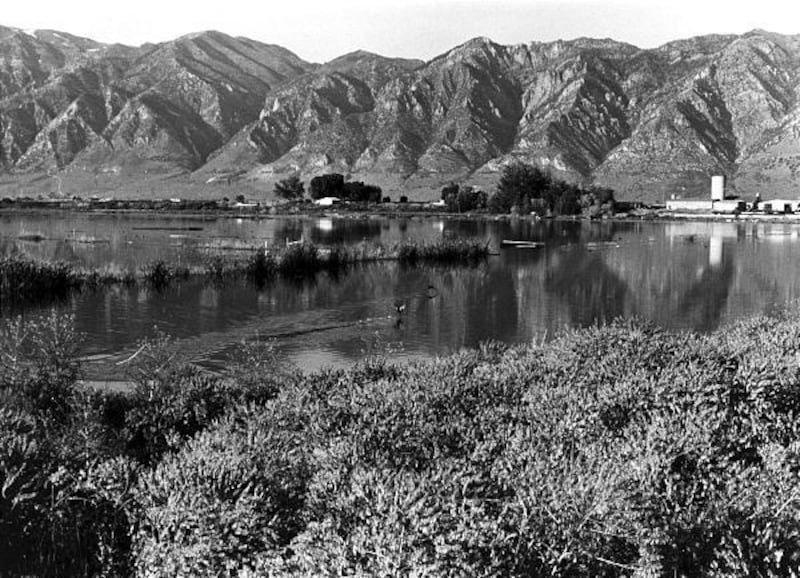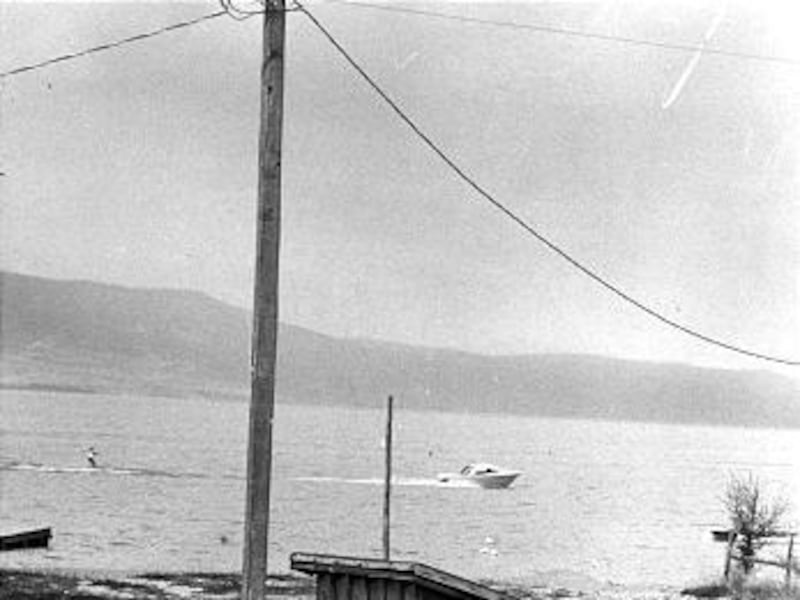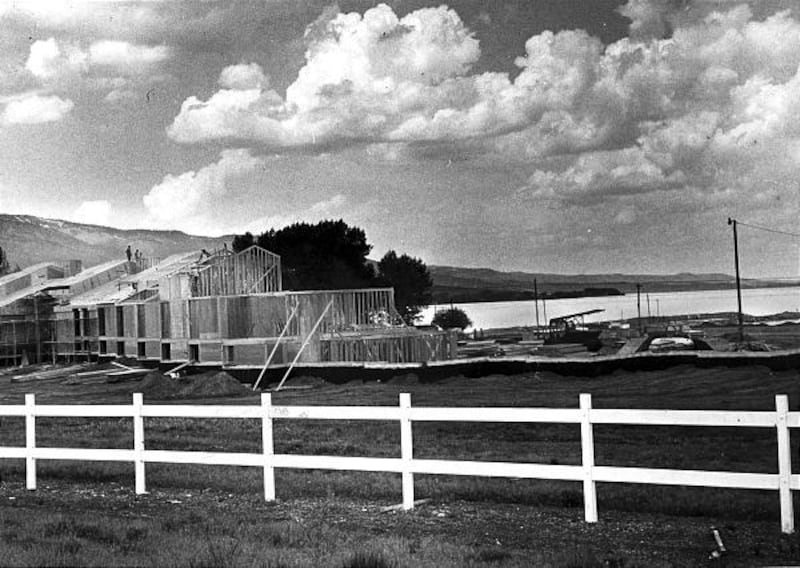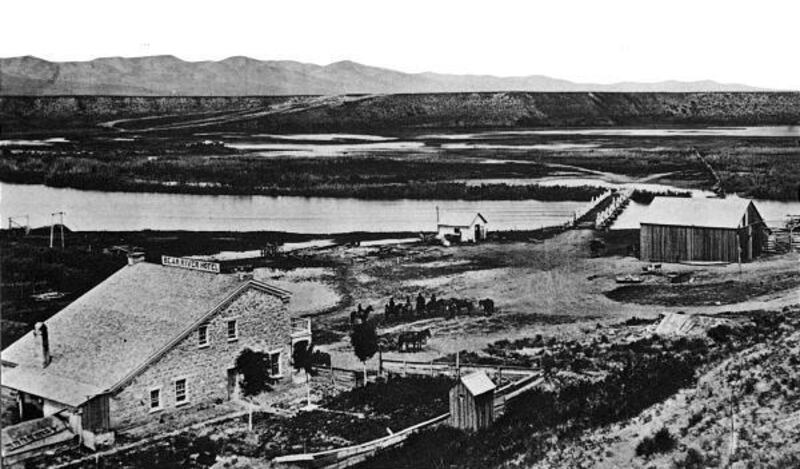Bear Lake and Bear River share a name — but for 10,000 years, their waters did not mingle. Earthquake activity had shifted the course of the river that horseshoes around the lake, cutting off the lake.
In 1912, the two were reconnected in a move to turn the lake, one of the oldest bodies of water in the United States, into a reservoir for irrigation and power generation.
In the intervening years, Bear Lake has become "the Caribbean of the Rockies," a major recreational destination that straddles two states, and Bear River has served as a major source of water for the three states that claim its resources.
Both have been the subject of many stories and photos in the Deseret News. Photo researcher Ron Fox has retrieved many of these photos, which can now be seen in the online gallery at right.
Bear River was once a tributary to the Snake River, but lava flows north of Soda Springs, Idaho, diverted the river into what was then Lake Bonneville, and now it is the largest tributary to the Great Salt Lake.
In a story in the July 13, 1996, Deseret News, staff writer Karl Cates described the river's intriguing geography: "At 500 miles long, it is the biggest stream in North America that does not eventually reach an ocean. It empties into the Great Salt Lake, just 80 miles from its headwaters, after a serpentine journey that begins in the Uinta Mountains of Utah but crosses state boundaries five times before reaching its mouth."
Both Bear Lake and Bear River were resources for American Indians, and Bear Lake Valley and Bear River Valley attracted trappers in the early 1800s. In 1841, Oregon Trail travelers crossed the valley on a path that paralleled Bear River.
Mormon pioneers settled portions of the Bear River in Utah in the 1840s, and under the direction of Apostle Charles C. Rich settled Bear Lake Valley in the 1860s.
The two areas became inextricably linked in 1912 when the Bear River Canal was completed.
In an Oct. 1, 1902, story in the Deseret News, J.C. Wheelon, who engineered the canal more than a decade before it was built, noted that the "feasibility of utilizing Bear Lake as a reservoir was a subject that had been much discussed. The scheme, however, was not looked upon with much favor by the people of Idaho, for the simple reason that they would not be nearly as much benefited as the people of Utah, owing to the lava like formation of the country to be traversed."
The need for electrical power drove the project, however, as the Telluride Power Company built canals from the river to use Bear Lake as a reservoir and released the water for hydroelectric dams on the lower Bear River. The canal also provided needed irrigation water for Utah farmers downstream.
Disputes over water in the Bear River were common, and on March 17, 1958, President Dwight D. Eisenhower signed the Bear River Compact, "climaxing 15 years of negotiations among Utah, Idaho and Wyoming officials," according to a story in the March 18, 1958, Deseret News. "The compact sets up a formula for division and jurisdiction of the waters of the river."
It also established rules for maintaining the depth of Bear Lake. The compact has been revisited twice, responding to the growing interest in Bear Lake as a summer recreation destination.
The lake is a jewel in a modest setting. In a story extolling the virtues of a Bear Lake raspberry shake, New York Times writer Eizabeth Kolbert described it like this: "Bear Lake, 20 miles long and 8 miles wide, glistens almost too intensely in a bowl of barren brown hills."
The lake always attracted fishermen, bathers and boaters, "but only since 1978 has it moved into the forefront as one of the state's leading recreation sites. For the past five years, the lake has drawn more than 200,000 visitors a year to the Bear Lake State Marina, Rendezvous Beach and undeveloped east shore area," reported an editorial in the Sept. 3, 1983, Deseret News.
Another interstate organization, the Bear Lake Regional Commission, was created in 1973 to preserve the lake, which was threatened by uncontrolled development.
e-mail: mhaddock@desnews.com














